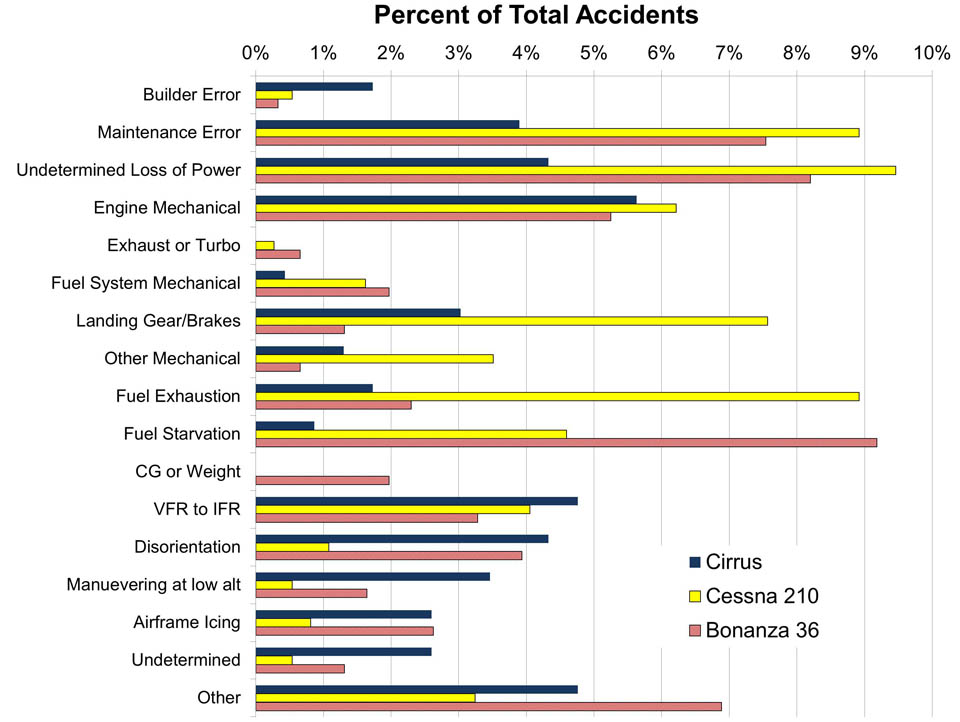SoCal RV Flyer
En-Route
- Joined
- Apr 27, 2016
- Messages
- 3,037
- Display Name
Display name:
SoCal RV Flyer
This was probably funny the first three or four thousand times it was posted. Now's it's an annoying regurgitation.
Same for red handle, oh snap, came from together, hose down your engine, etc.

